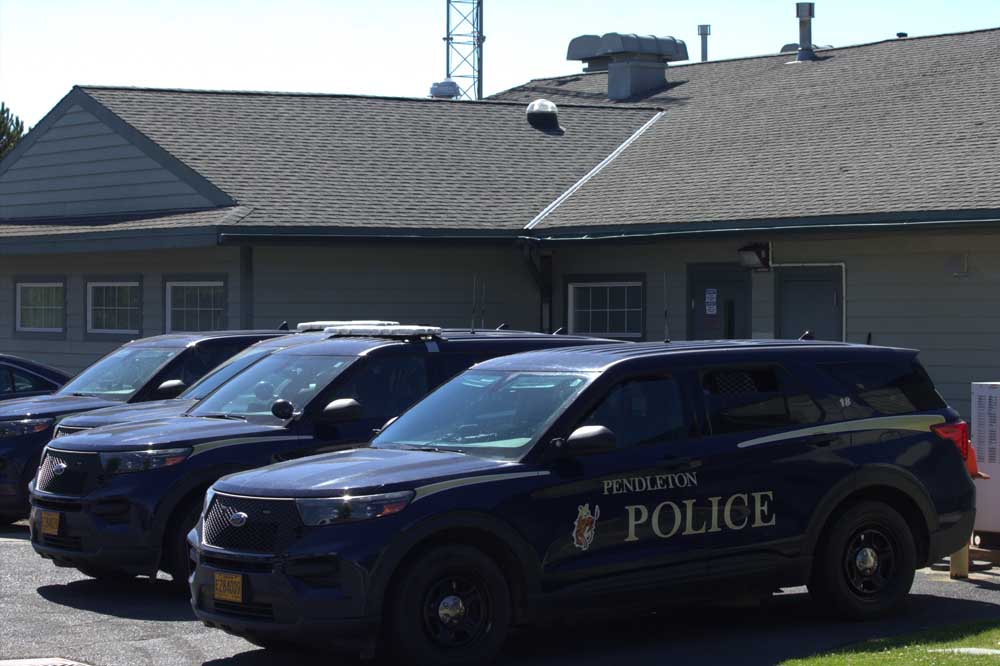Racial, ethnic minorities hit harder by COVID-19
Published 1:30 pm Monday, May 11, 2020
PORTLAND — Oregonians who are black, Latino or members of Native American communities are more likely to get sick from COVID-19 than their white neighbors. And when they’re infected, they’re more likely to die.
That’s according to Oregon Health Authority data — and it matches what’s happening in the rest of the country.
Trending
According to the U.S. Centers for Disease Control and Prevention, about 33% of people hospitalized with COVID-19 are black, yet only 13% of the country’s population is black. In New York, about 45 out of every 100,000 white people there died of the coronavirus, compared with 74 out of every 100,000 Latino people, and 92 out of every 100,000 African Americans. Tribal communities have also been especially hard hit across the country.
At the Virginia Garcia Memorial Health Center in Northwest Oregon, doctors found that Latino patients screened were 20 times more likely to have the virus as other patients. The Confederated Tribes of the Warm Springs in Oregon have reported 15 positive COVID-19 tests and four recoveries.
“This is not because the virus discriminates,” said Dean Sidelinger, state epidemiologist with the Oregon Public Health Division. “It’s institutions that discriminate, and our society as a whole that discriminates, and this virus has brought that to the forefront. There are things we need to address that we needed to address before this pandemic. But the pandemic is bringing them to light in tragic ways.”
Racial and ethnic health disparities were already a problem before the coronavirus, according to Multnomah County Public Health Director Rachel Banks.
Social and class factors have exacerbated those disparities during this pandemic, she said.
“So you have more people of color in essential fields that have more exposure, that are going to work in fields where there’s less physical distancing, less access to hand-washing, you have less ability to telework — those kinds of things,” she said. “That’s where differential exposure comes in, as a factor of how we’ve constructed society, and the types of jobs that people are doing.”
Trending
At the same time, national reports have shown that some minority groups are taken less seriously by medical professionals when they try to get care. Nationally, doctors have been less likely to refer African Americans for COVID-19 tests than other racial groups, even when there are signs of infection.
Oregon is trying to factor that into the state’s coronavirus test guidelines, Sidelinger said.
Early in the outbreak, COVID-19 tests were limited to only severely ill patients, because of limited testing and lab capacity, he said. But now Oregon explicitly recommends that medical providers offer the tests to people who are black, Latinx, Native American or Pacific Islander, even when their symptoms are mild.
But it’s hard to know how successful that effort has been, because many doctors do not collect race and ethnicity data about their patients — even though they are supposed to ask patients to describe themselves.
“Sometimes it’s uncomfortable to ask,” Banks said.
Yet, as Oregon prepares to gradually relax the restrictions that were put in place to slow the spread of the coronavirus, health leaders are worried that racial and ethnic minorities could — again — be harder hit.









